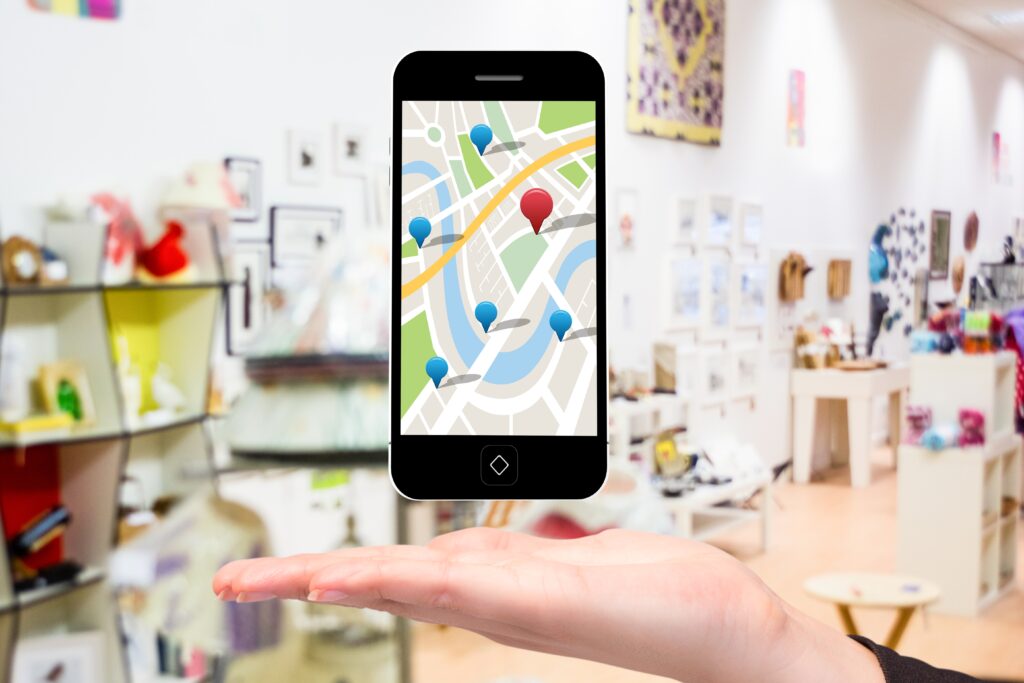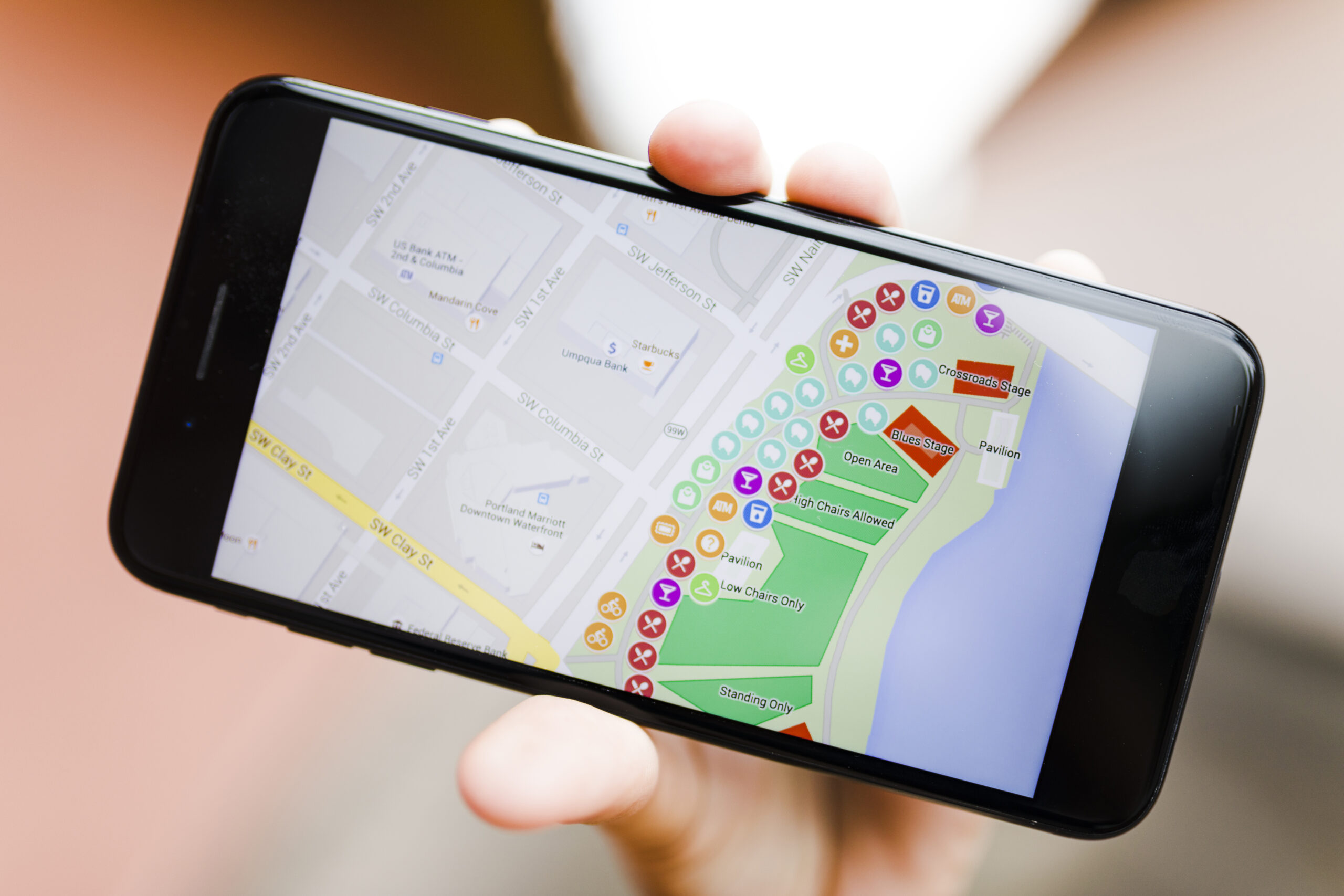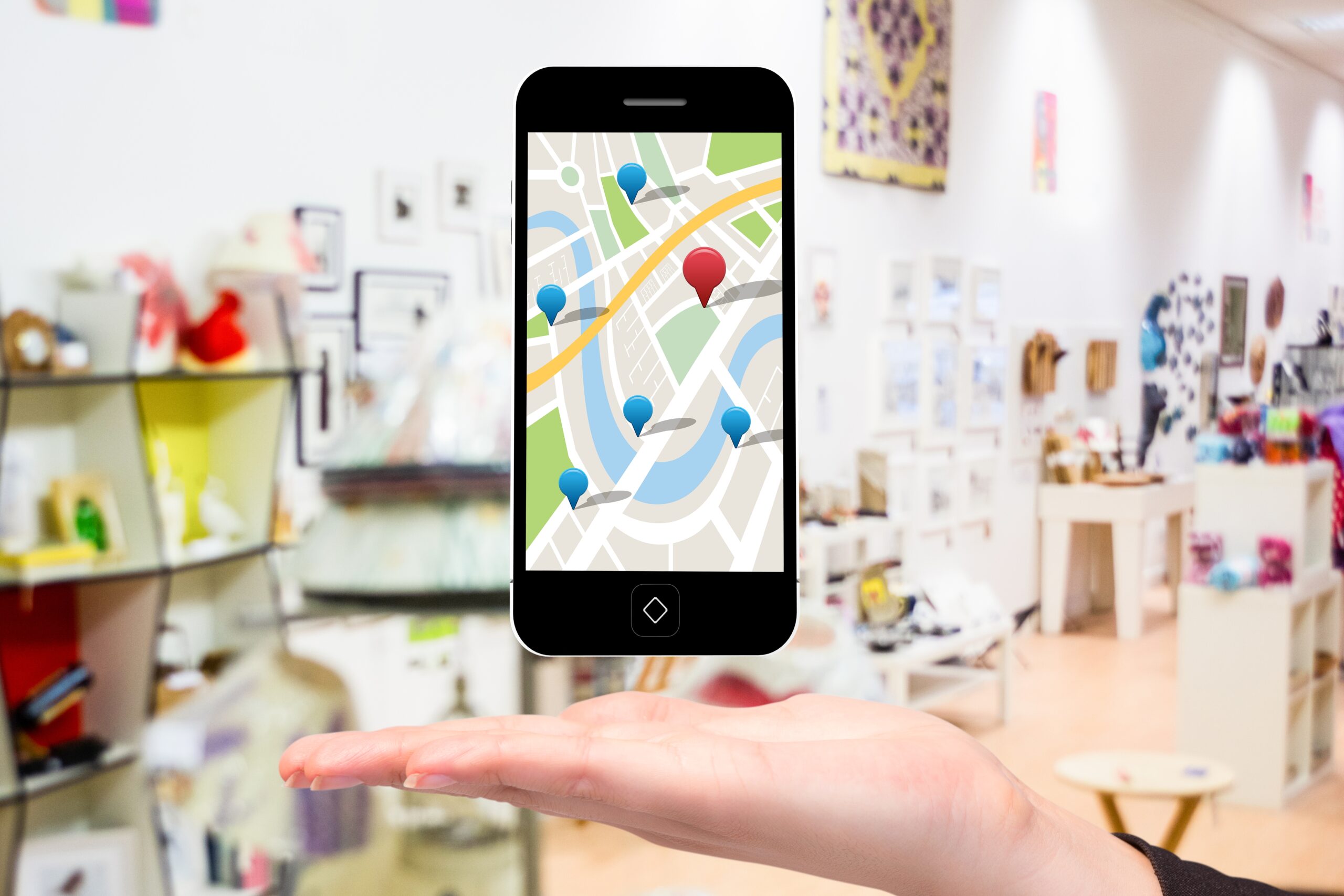The evolution of indoor wayfinding has become a pivotal force as seamless navigation attained a paramount position. Businesses and public spaces are witnessing a transformation in how people traverse through indoor spaces. The demand for efficient and user-friendly indoor wayfinding solutions has spurred innovation. Today, we deep dive into the heart of this development, exploring the diverse landscapes shaped by cutting-edge technologies.
Understanding The Need for Change
The conventional methods of indoor wayfinding are facing a crossroads. Users encounter limitations and challenges in navigating complex interiors, urging demand to shift towards more advanced solutions. The call for change resonates in various sectors, from retail environments to sprawling healthcare facilities. Businesses recognize the necessity of providing an enhanced, intuitive navigation experience. Users encounter frustrations with static maps and traditional systems that fail to adapt to the dynamic nature of indoor spaces.
Enterprises are increasingly seeking interactive wayfinding systems to address these challenges. The traditional models are giving way to a more dynamic approach that embraces modern technology’s interactive digital touchpoints. This shift from static to dynamic maps signifies a turning point in how users engage with indoor spaces. This evolution is not merely about finding a location but crafting an efficient and engaging experience.
In the following sections, we’ll explore the technological advancements propelling this development forward. We’ll witness how AR wayfinding, a beacon of innovation, is reshaping the landscape, and we’ll unravel the intricacies of interior wayfinding design that contribute to a more user-centric future.
For further reading, please see What is Digital Wayfinding: Top 10 Benefits.
Technology Driving Interior Wayfinding
Interior wayfinding design goes beyond mere aesthetics; it’s a strategic approach to guide users intuitively through indoor environments. As we witness the evolution of indoor wayfinding, technology plays a pivotal role in elevating traditional design principles. The merging of design and technology introduces dynamic and interactive elements, enriching the user experience in unprecedented ways. Let us take a look at the different aspects of technology that are utilized to facilitate indoor wayfinding.
Augmented Reality (AR) Wayfinding:
AR wayfinding takes interior navigation to a new dimension by superimposing digital information onto the physical environment. Users can view real-time directions, points of interest, and additional information seamlessly integrated into their surroundings, providing an immersive and interactive navigation experience.
Mobile Applications:
Mobile applications serve as a bridge between interior wayfinding design and user interaction. These apps, often connected to a centralized wayfinding system, allow users to access personalized navigation on their smartphones. Integrating GPS, Bluetooth, and other technologies within these apps enhances accuracy and provides real-time guidance.
Beacon Technology:
Beacon technology utilizes low-energy Bluetooth signals to communicate with mobile devices and provide location-specific information. Integrating beacons into interior wayfinding design allows for highly targeted and context-aware guidance, enabling users to receive relevant information based on their location within a space.
Indoor Positioning Systems (IPS):
IPS leverages a combination of technologies, such as Wi-Fi, Bluetooth, and sensors, to determine a user’s location in an indoor environment. This high-accuracy positioning enables sophisticated interior wayfinding, guiding users with precision through complex layouts.
Interactive Touchpoints:
Interactive touchpoints, such as digital kiosks and touchscreens strategically placed within indoor spaces, enhance the wayfinding experience. Users can interact with these displays to access maps, directions, and additional information, fostering a dynamic and engaging navigation process.
10 Key Components of Modern Indoor Wayfinding Solutions
Indoor wayfinding solutions have evolved far beyond static maps and traditional signages, ushering in a new era of seamless navigation. In the modern landscape, these solutions are multifaceted, integrating various cutting-edge components to enhance user experiences. Let’s delve into the key elements that define the anatomy of modern indoor wayfinding solutions:
Real-Time Data Integration:
Modern indoor wayfinding thrives on real-time data integration. The ability to provide up-to-the-minute information about the indoor environment ensures users have the most accurate and relevant guidance.
Location Intelligence:
Location intelligence forms the backbone of contemporary wayfinding solutions. These navigation systems can interpret and respond to user movements by leveraging data analytics and geospatial insights, enabling dynamic and adaptive navigation experiences.
Mobile Integration:
The ubiquitous presence of smartphones has reshaped indoor navigation. Modern solutions seamlessly integrate with mobile devices, offering users a personalized, portable navigation experience. Mobile apps act as the gateway, connecting users to the intricacies of indoor spaces.
Augmented Reality (AR) Wayfinding:
A game-changer in indoor navigation, AR wayfinding overlays digital information onto the physical environment. AR enhances navigation with an immersive and interactive layer by superimposing directions, points of interest, and real-time data onto a user’s view.
User-Friendly Interfaces:
The user interface is a crucial component. Intuitive and user-friendly interfaces empower users to interact with the wayfinding system effortlessly. From touchscreens to voice commands, modern solutions prioritize accessibility and ease of use.
Personalization Algorithms:
Modern indoor wayfinding systems are not a one-size-fits-all approach. Personalization algorithms analyze user preferences, behavior, and historical data to tailor navigation experiences. This ensures that each user receives a customized journey based on their individual needs.
IoT Sensors:
The Internet of Things (IoT) is pivotal in enhancing indoor navigation. IoT sensors detect and communicate data about the physical environment in real time, contributing to the overall accuracy and responsiveness of the wayfinding system.
Integration with Building Infrastructure:
Seamless integration with the existing building infrastructure is a key consideration. Modern wayfinding solutions collaborate with building layouts, Wi-Fi networks, and other structural elements to provide cohesive and comprehensive navigation.
Data Security Measures:
As indoor wayfinding systems deal with sensitive location data, robust data security measures are essential. Encryption, user authentication, and secure data storage ensure the privacy and protection of user information.
Continuous Improvement Mechanisms:
The ability to evolve and adapt is crucial for any modern indoor wayfinding solution. Continuous improvement mechanisms, fueled by user feedback and performance analytics, enable these systems to stay responsive to changing needs and technological advancements.
The Transformative Role of Indoor Navigation
The challenges of navigation often present a complex puzzle. Indoor navigation and way-finders emerge as a remarkable solution, addressing several significant hurdles and fundamentally transforming how we move within enclosed spaces. Let’s explore the challenges that indoor navigation systems adeptly navigate:
Complex Architectural Layouts:
Traditional indoor spaces, particularly large and intricate structures like shopping malls, airports, and hospitals, pose challenges due to their complex layouts. Indoor navigation systems provide users with precise guidance, ensuring they navigate efficiently through twists, turns, and multiple levels.
Information Overload:
The abundance of information within indoor spaces can be overwhelming for users. Indoor navigation systems filter through this information clutter, offering users relevant guidance, whether it’s locating a specific store in a mall or finding the right office in a vast corporate complex.
Dynamic Environments:
Indoor spaces are dynamic, with changes in layouts, temporary closures, or event-specific configurations. Wayfinders equipped with real-time data integration adapts to these changes on the fly, providing users with the most current and accurate information.
Time Efficiency:
Time is of the essence, especially in environments where users have specific tasks or appointments. Indoor navigation systems optimize routes, helping users reach their destinations swiftly and efficiently. This is particularly crucial in spaces like hospitals, where timely access to specific areas can be a matter of urgency.
Enhanced Visitor Experience:
Public spaces, museums, and cultural institutions strive to enhance visitor experiences. Indoor navigation contributes to a positive experience by guiding visitors seamlessly through exhibits, providing additional information, and ensuring they make the most of their visit.
Accessibility Challenges:
Indoor navigation plays a pivotal role in addressing accessibility challenges. For individuals with mobility impairments, visual impairments, or other special needs, these systems provide tailored routes and information to make indoor spaces more inclusive and accessible.
Improving Retail Experiences:
Finding specific products or promotions efficiently in retail environments can be challenging. Indoor navigation systems enhance the retail experience by guiding customers to desired items, offering promotions along the way, and streamlining the shopping process.
Employee Productivity:
In large corporate offices or manufacturing facilities, employee productivity can be impacted by the time spent navigating the premises. Indoor navigation solutions ensure employees can move efficiently within the workspace, minimizing time locating meeting rooms, colleagues, or resources.
Emergency Response:
Navigating quickly and safely is critical during emergencies. Indoor navigation systems assist in emergency response scenarios, guiding individuals to emergency exits, first aid stations, or designated assembly points.
Conclusion
The indoor navigation and wayfinding landscape is experiencing a comprehensive transformation driven by cutting-edge technologies and innovative solutions. The journey has continuously evolved from addressing the challenges posed by complex architectural layouts to enhancing user experiences through real-time data integration and AR wayfinding. As businesses and public spaces embrace these advancements, the future of indoor navigation promises not only efficiency but also an engaging and personalized experience for users.
About ARway.ai by Nextech3D.ai
ARway.ai is a powerful, no-code spatial computing platform that melds the real and the virtual into a seamless experience. One of its powerful features includes navigation and wayfinding that facilitates the creation of robust AR navigation with accurate positioning, digital directory, turn-by-turn, and optimized routes.
ARway Creator Portal
Create, manage, and track the performance of 3D maps and Augmented Reality Wayfinding experiences with no code. Key features of the ARway Creator Portal include:
Floorplans & LiDAR Scans
Configure spaces with floorplan images or LiDAR scans as schematics for remote visualization and authoring of spatial content.
Location Pins & Navigation
Improve navigation with AR wayfinding. Drop location pins at points of interest on your map to populate a directory of locations your visitors can navigate.
Map Management
Manage specifications, features, location-persistent content, and linkages of your maps. Generate QR codes and administer your visitor experience.
Guided Tours
Create turn-by-turn navigation paths populated with AR content to create engaging, curated digital tour guides for your visitors.
Analytics & Location Intelligence
Measure the performance of your maps and obtain key insights into visitor behavior in your space.
Content Library
Populate a content library with images, audio files, 3D models, videos, and more to be published in spatial experiences as location-persistent content.
Why wait? To learn more about this advanced AR navigation solution, contact us here right away!








